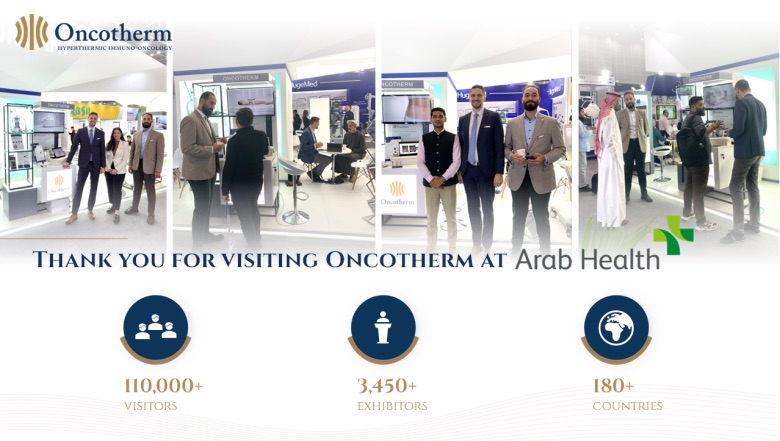Scientific Research published two articles written by Professor András Szász et al.
The Growth of Healthy and Cancerous Tissues
Authors: Gyula Peter Szigeti, Attila Marcell Szasz, Andras Szasz
Abstract: The structure of the tissues is formed in a self-similar manner, forming fractal structures in their transport networks. The structure exhibits allometric forming and so-called scaling behavior. This is a basic growth model fine-tuned by various connections of the cells (junctions and adherent connections), intended to direct material and energy transports between them. This secondary control of cell metabolism decreases primary metabolic transport through the free surfaces of the cells. The cellular network is formed by triggering the endogenous electric fields, which are dominantly governed by cell membrane potential. Proliferation exhibits a different electric pattern due to the low cell-membrane potential and resulting negativity relative to its environment. This potential change characterizes cells in normal proliferation and a cluster of cells (a tumor) in the case of cancerous development. This latter has certain similarities to the leakage transport of liquid in porous media, substituting the pressure with endogenous tumor potential. The average survival of a tumor depends on the kind of available metabolic transport and the fractal dimensions of the newly built angiogenic network.
For the full article please click here.
Parametrization of Survival Measures (Part III) Clinical Evidences in Single Arm Studies with Endpoint of Overall Survival
Authors: Gyula Peter Szigeti, Attila Marcell Szasz, Andras Szasz
Abstract: Many clinical trials have prospective or retrospective data-sets without comparison to the control-group formed by the same cohort as the active one. The measured single arm naturally contains the relevant information, however, in most of the cases, it is impossible to obtain it from the complex survival curve without a reference. In our previous articles [1] [2], we had shown that the self-similar Weibull distribution fits the self-organized biological mechanisms well, and so it is the best option to study the single-arm survival curves, where self-organizing process is actively present. With the Weibull decomposition of the survival curve, we can fit at least two subgroups of patients. The weighted sum of the decomposed fractions could be optimized analytically and determining the best parameters of the components and the best composition ratio of the weighted sum is also possible. In this part of our series of articles, we will show how the method works in a real clinical environment through modulated electro-hyperthermia (mEHT) as a complementary method, applied curatively when no other conventional curative therapies are available. The decomposed function of the non-responding group provides an excellent agreement with the historical controls in pancreatic cancer and non-small-cell-lung-cancer studies. In the case of glioblastoma multiform, the historical missing control from the institute where the treatment was made does not allow a comparison. We used a modified Hardin-Jones-Pauling statistical estimation and had shown in single arm clinical trials for advanced pancreas, non-small cell lung cancer and glioblastoma multiforme, that this estimation is applicable, and it is corresponding with the historical arm and with the non-responding group where this comparison was available.






